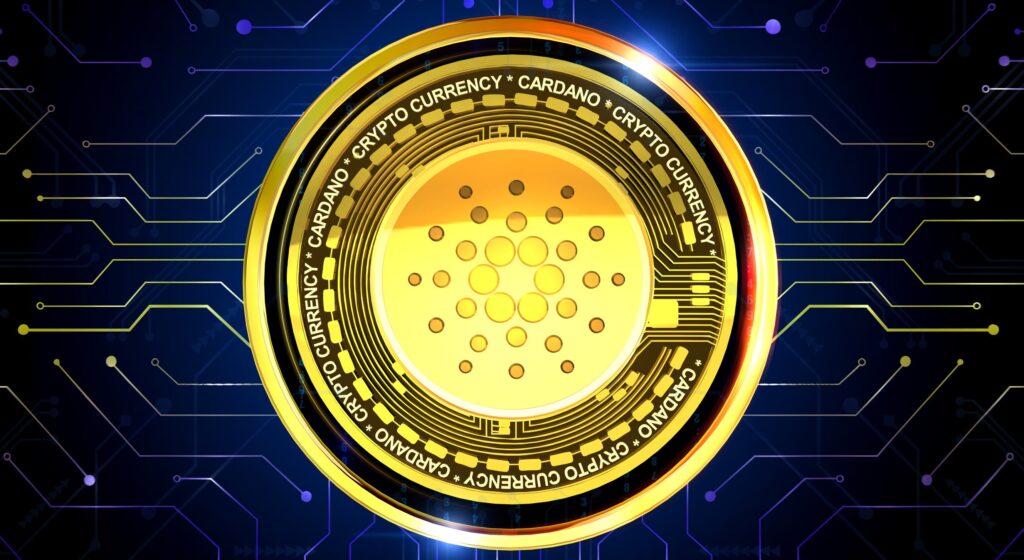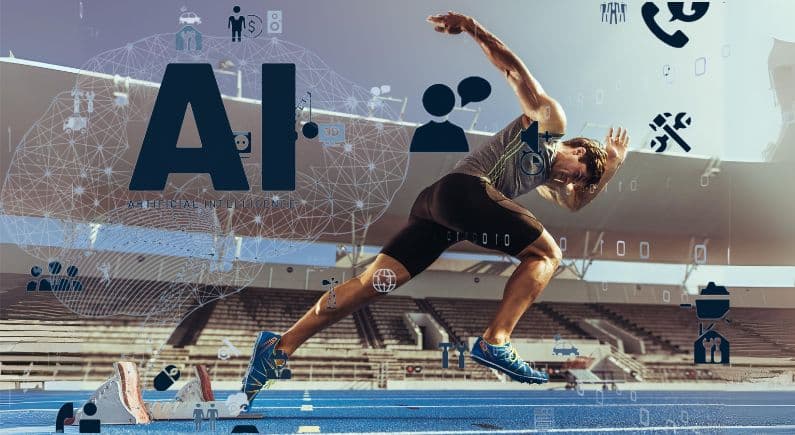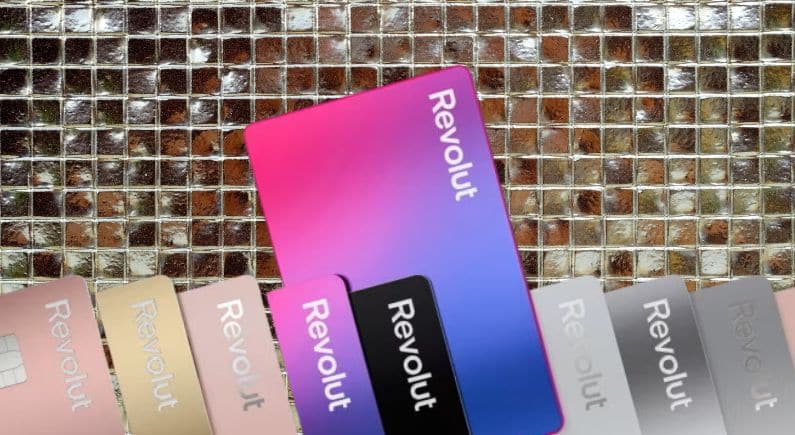Cardano: What Is it and How to Use It

Cardano bills itself as the “third generation blockchain” which aims to address issues around scalability, interoperability, and environmental impact of the blockchain technology.
Launched in 2017 by Ethereum co-founder Charles Hoskinson, this blockchain project has the goal of addressing many of the shortcomings of Bitcoin and Ethereum. Its native token, ADA, is among the top 10 cryptocurrencies by total value, according to CoinMarketCap.
Like most new cryptocurrency and blockchain projects, Cardano isn’t just about money transactions. Instead, it aims to solve some of the long-standing issues in the blockchain world while pushing technology further.
What sets this project apart from many others is the focus on both environmental friendliness and on a scientific approach to building its technology. These focuses are seen in its adoption of the proof of stake consensus mechanism, the use of the Haskell programming language, and the fact the project has partnered with many scientists and academics to peer-review the tech.
Currently, Cardano allows for token transactions, token creation, and smart contracts. Like other projects that aim to address the shortcomings of Ethereum, such as Polygon, it also eventually plans to move beyond just transactions and smart contracts and enable side-chain interoperability between different blockchains.
What is Cardano?
Cardano is a decentralized blockchain project similar to Ethereum. It has its own token, ADA, and it supports the deployment of smart contracts.
Its developers call it the third generation blockchain, a refinement and advancement of the idea, following Bitcoin (first gen) and Ethereum (second gen).
In fact, there are ways in which it is similar to both of these major blockchains.
Like Bitcoin, it has a limited supply of ADA tokens, capped at 45 billion (which is quite a bit more than BTC’s 21 million) and like Ethereum it now supports smart contracts that can be used to deploy so-called decentralized applications or Dapps.
One of the main goals of this project is to make the blockchain and crypto scene more environmentally friendly. This has been an issue for both Bitcoin and Ethereum, as their mining processes require a lot of electricity. According to Fortune, each BTC transaction uses up around $100 worth of electricity. That is 1,173 kilowatt hours of energy, an amount that can power an average home in the United States for around 6 weeks.
This energy consumption stems from the fact both BTC and ETH use proof of work consensus mechanism, which due to complicated cryptography involved requires a lot of computing power which translates into a lot of energy consumption.
Cardano also wants to be backed by science, as its founders have stated repeatedly on their website and in interviews.
The oversight and advancement of the system is decentralized and responsibilities are shared by Cardano partners: The Cardano Foundation, IOHK, and EMURGO.
The Foundation is the legal custodian of the project and the brand while also cultivating use-case opportunities and connecting with policymakers, regulators, and academia. IOHK is the software engineering company that builds Cardano, and which works closely with academic partners to improve the long-term scalability of the blockchain project by using peer-reviewed scientific research to inform platform updates before they are implemented.
This is why Cardano is often called the “science-backed” blockchain project.
One area where this blockchain is very useful is in identity verification and tracking. Three different products have already been built on Cardano that take advantage of this.
Atala Prism is a decentralized identity solution that enables people to own their personal data and interact with organizations seamlessly, privately and securely. As identity verification becomes more and more important both on the Internet and off the Internet (think Covid passes, age verification for gambling and adult websites, etc.) solutions such as these could lead to a more democratic process. Instead of companies holding all that personal data, the citizens themselves will hold it thus dramatically reducing the potential for misuse.






